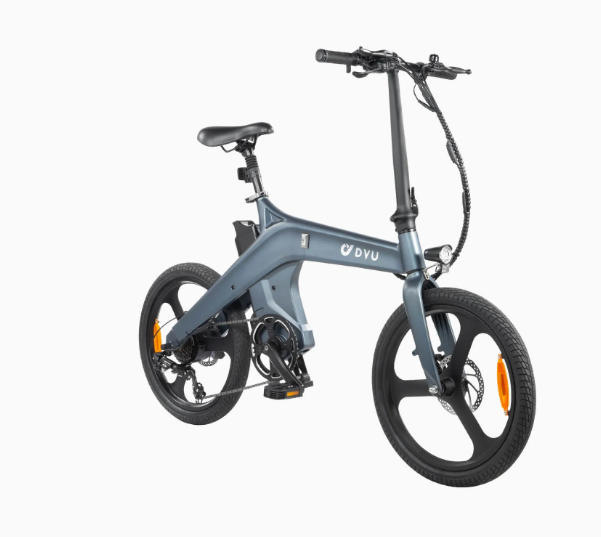For many, the terms "e-bike" and "electric bike" might sound like they refer to different entities, especially given the rapid advancements in transportation technology. However, diving deeper into the world of sustainable mobility sheds light on their similarities and differences.
Breaking Down the Terminology
At their core, "e-bike" is simply an abbreviation for "electric bike." Both terms refer to bicycles equipped with an electric motor that assists the rider's pedal power. This means when you pedal, the motor provides an added boost, making uphill climbs easier and increasing the overall speed without added exertion. The key objective is to enhance the cycling experience, making it more accessible and enjoyable for a broader range of people.
Features and Components
Both e-bikes and electric bikes are equipped with:
- An electric motor, typically located on the rear hub or between the pedals.
- A battery, which powers the motor. Its placement can vary but is often found on the bike frame or integrated into the bike design.
- A controller, which manages the power delivery from the battery to the motor.
- A pedal assist system (PAS) or a throttle. While PAS provides power when you pedal, a throttle supplies power on demand, much like a motorcycle.

Compact Electric Bikes in the Mix
Now, when we touch upon compact electric bikes, we are discussing a subset of electric bikes. These are designed with portability, convenience, and urban commuting in mind. Often lighter and with foldable or smaller frames, compact electric bikes are perfect for those who might have limited storage space or use public transportation in conjunction with their cycling commute.
Clarifying Misconceptions
The confusion between e-bike and electric bike terminology likely stems from the myriad of terms in the electric mobility sector. E-scooters, e-mopeds, and e-motorcycles have distinctive characteristics, even though they all fall under the electric mobility umbrella. But when comparing e-bikes and electric bikes, remember they are two sides of the same coin.
In the ever-evolving landscape of sustainable transportation, understanding these terms can empower individuals to make informed decisions, whether they're avid cyclists looking to upgrade or urban commuters seeking an efficient way to navigate city streets.